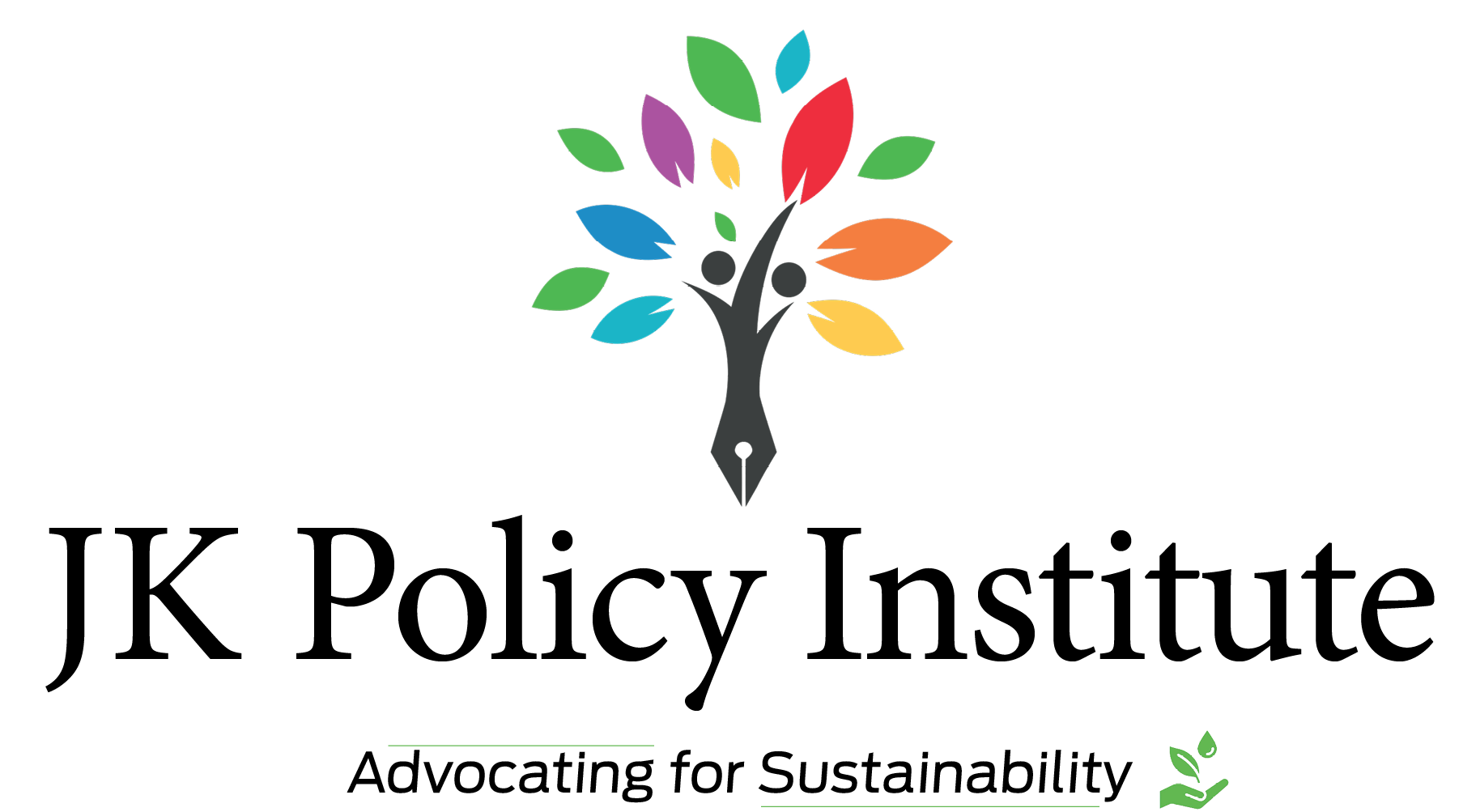The Kashmir Valley has recently been witnessing an increased number of fire incidents, affecting both residential and natural areas. One of the recent fire incidents in a wetland at Pampore had severe consequences. These fires harm the health and well-being of our ecosystems. Other critical wetlands, such as Anchar, Wular, and Hokarsar, are also experiencing fires, indicating a serious underlying problem.
Wetlands are typically biodiversity hotspots, serving as habitats for various animal species and playing a key role in natural water purification. However, they are now turning into recurring disaster zones. These fires are rapidly degrading these ecosystems, causing not only visible damage but also deep-rooted issues that threaten the plants and animals dependent on these habitats.
The increasing frequency and intensity of these fires pose a risk to the delicate ecological balance of these areas. The pressing question remains: What is the root cause of these fires, and what are their long-term implications for the health of our wetland ecosystems?
Who is to Blame for These Fires?
The primary causes of these wetland fires are anthropogenic. According to local authorities, some individuals set fire to the dry reeds of the Chatlam Wetland Reserve for fun. The fire quickly became uncontrollable and engulfed the entire wetland. At times, people intentionally burn grass to encourage new plant growth or clear leftover crop residue. These fires are meant to remain small and manageable, but they can escalate rapidly. The dry terrain and abundance of flammable vegetation make it easy for these fires to spread quickly and grow uncontrollably.
Another cause of these fires is dry weather. Research indicates that climate change is increasing the frequency of wetland fires. Warmer temperatures, prolonged droughts, and changing rainfall patterns lead to lower water levels, making wetlands more prone to fires. Studies reveal that higher temperatures dry out vegetation faster, elevating the risk of fire outbreaks.
The plains of Kashmir have recently experienced a lack of rainfall and snowfall. Additionally, during winter, plants naturally dry out and become more flammable. Typically, snowfall or rain covers the dry reeds, and the weight of the snow causes them to bend and submerge into the water, reducing fire risks. However, the absence of snowfall this season, coupled with human negligence, has left these reeds exposed and highly flammable, increasing the risk of wildfires.
What Fires Mean for Wetlands?
The recent fire in the Pampore wetland had severe ecological impacts, causing harm to both resident and migratory birds. The fire literally charred or roasted migratory birds in the wetland. It forced these birds to abandon their habitat, and in the process, many perished.
In addition to migratory birds, terrestrial birds also suffered. During the night, birds like mynas and sparrows seek shelter from the cold weather in the Typha reeds of the wetland. When fires break out at night, these birds are trapped with no chance of escape, resulting in large-scale fatalities.
Moreover, these birds are primarily insectivores, playing a vital role in controlling pest populations that damage crops. Fires not only destroy nesting grounds but also eliminate essential food sources, leading to population declines. Studies on wetland fires in North America have shown that bird species reliant on aquatic vegetation face survival challenges due to habitat loss.
The fire doesn’t only affect birds; wetlands are also home to many other species. Hibernating insects within the Typha reeds are also burned. Similarly, mammal species such as Golden Jackals, which have made the dense floating reeds their habitat, are likely to perish in such fires.
These unnatural deaths of plants and animals can severely disrupt ecosystems, leading to ecological imbalances that may take years to recover from.
Impact on Local Communities and Economy
In many places across Kashmir, such as Wular Lake and Dal Lake, people rely on wetlands for their livelihoods. If these ecosystems are destroyed by fires, it can severely impact the survival of fauna and disrupt the local economy.
Tourism also suffers badly from these fires. People from around the world visit Dal Lake for its natural beauty, but when fires damage these areas, they become less attractive to tourists. This decline in tourism directly affects local businesses, as hotels, restaurants, and shops lose revenue. Consequently, the overall income of the region decreases, making it harder for local residents to earn a living.
Wetland fires can also cause substantial economic losses by damaging resources essential to local livelihoods, such as fisheries and agriculture. For example, the 1997 Southeast Asian haze crisis, caused by peatland fires, led to economic losses exceeding $16.1 billion due to health costs and widespread economic disruptions.
At the same time, these fires often spread to human communities near wetlands. In the Pampore wetland incident, the fire could have engulfed residential areas if fire services hadn’t intervened in time. This highlights how such fires pose a direct threat to human life. Additionally, wetlands act as natural sponges, helping to clean water and control floods. Any anthropogenic disturbance can disrupt this delicate ecosystem, potentially leading to larger environmental challenges.
Furthermore, birds and wetlands together serve as valuable ecotourism attractions. A burned wetland devoid of birds would fail to draw visitors, negatively impacting the local tourism economy. Therefore, it’s crucial to recognize that the consequences of these fires are far more severe than they might initially appear.
Wetland fires also pose gravehealth risks to nearby human populations. The release of fine particulate matter (PM2.5) and toxic gases like carbon monoxide contributes to respiratory and cardiovascular diseases. For instance, a study analyzing the 2015 Indonesian peatland fires found that over 50,000 premature deaths were linked to air pollution caused by these fires.
Are government and community efforts enough? The Way Forward
If government and community efforts were sufficient, we would not witness recurring fires in the Kashmir Valley. The core issue lies in the community’s mindset, which remains a primary cause of these fires. As a community, we must recognize that wetlands are invaluable resources, and any harm to them is ultimately harm to ourselves. Similarly, the death of fauna is unacceptable, both morally and economically. We need to educate both younger and older generations, ensuring they understand the devastating impacts of such fires. If each one of us feels responsible for protecting our community and wetlands, these fires would rarely occur. And when they do, it would mostly be due to natural causes rather than human negligence. It is widely known that most fires in our wetlands and forests are anthropogenic, often caused by individuals acting recklessly for fun, without considering the serious consequences of their actions.
At the same time, the government’s efforts are also insufficient. The primary reason is weak legislation and poor enforcement. Despite the recurrence of fires in wetlands, no one has been held accountable under the law. By punishing offenders through stringent legal measures, a strong example would be set to deter others from repeating such actions. Wetland authorities must enhance surveillance and ensure they are aware of all activities taking place in these ecosystems. Stricter laws need to be enacted and effectively enforced to foster a sense of responsibility among people toward protecting wetlands.
Local communities must also be involved and empowered. Their participation in decision-making processes should be actively encouraged. In some cases, wetland fires in Kashmir have been sparked by disputes between officials and local residents. Out of frustration or revenge, some individuals resort to deliberately setting wetlands on fire. By engaging local communities, these conflicts can be mitigated, and wetlands can be better protected. The same communities can then serve as guardians of wetlands and their fauna. Furthermore, the government must invest in modern technology. Installing surveillance cameras at strategic locations and equipping ground teams with cameras would greatly enhance monitoring efforts. These tools would allow authorities to capture photographic evidence and document unlawful activities, making it easier for courts to prosecute offenders. Currently, the lack of concrete ground evidence is one of the main reasons culprits often escape punishment. Addressing this gap through technological investments can strengthen enforcement mechanisms.
Conclusion
A fire in a wetland is far more damaging than it might seem. It can affect multiple aspects of our lives, causing harm across ecological, social, and economic dimensions. These fires kill countless insects, birds, and mammals, all of which are essential components of our ecosystem. At the same time, human lives are put at risk, and economic losses can occur. As a society, we must recognize our responsibility and become more sensitive toward protecting our wetlands. If we care for our wetlands, they will, in turn, take care of us. Any harm inflicted on these ecosystems can have far-reaching and severe consequences. Setting wetlands on fire for mere entertainment is not only irresponsible but also punishable by law. Therefore, it is our collective duty to remain vigilant and proactively safeguard these vital ecosystems from any potential threats.
References
https://apps.dtic.mil/sti/tr/pdf/ADA323407.pdf
https://ehjournal.biomedcentral.com/articles/10.1186/s12940-022-00872-w



Leave a Reply
You must belogged in to post a comment.